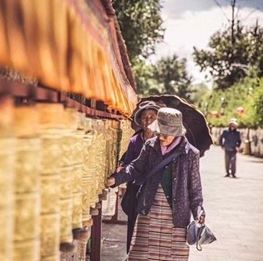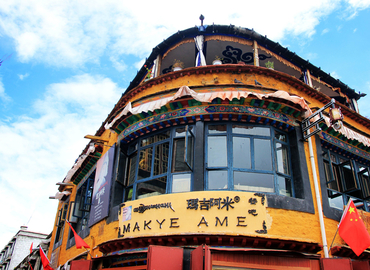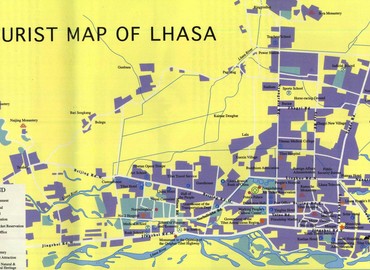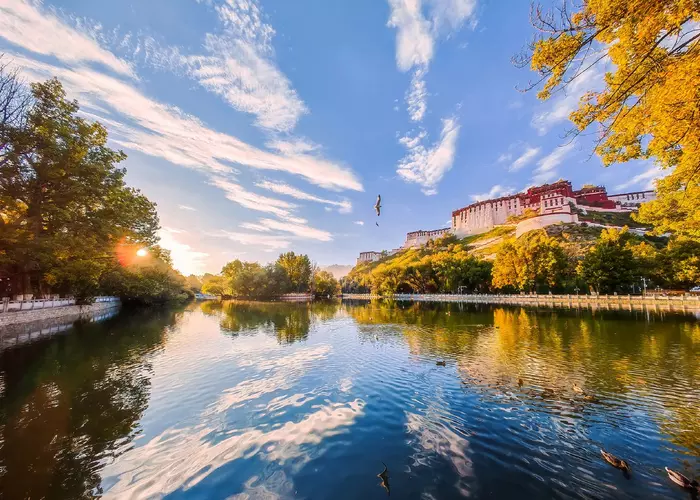Best Time to Visit Lhasa
- Jennie
- Last Updated : 10/11/2025
Lhasa enjoys a pleasant climate year-round, with sunshine even in winter, earning it the nickname "City of Sunshine." Although any time is suitable for travel, considering the climate, natural scenery, and festive atmosphere, the period from May to October is the best time to explore Lhasa. However, each season has its own unique charm that visitors can enjoy.
Spring (April to May)
In spring, temperatures in Lhasa gradually rise, ranging from 12°C to 20°C during the day. The weather is mostly sunny with clear skies. Vegetation in the city and surrounding areas begins to turn green, with peach blossoms and red-leafed plum trees blooming beautifully, and the air feels fresh and pleasant. Visiting Pabonka from early to mid-April offers stunning views of Tibetan architecture intertwined with spring flowers—perfect for photography enthusiasts. Early mornings in April at Potala Palace Square let you experience the first sunlight bathing the palace walls in golden light; in the evening, climbing to the top of Sera Utsé Mountain for a distant view of the city bathed in gentle dusk creates a peaceful and enchanting scene.
If your visit coincides with the Saga Dawa Festival at the end of May to early June, you'll witness the entire city immersed in religious fervor, with Tibetans dressed in festival attire, spinning prayer wheels, chanting, and making offerings. Barkhor Street and Jokhang Temple bustle with crowds, prayer flags fluttering in the wind—an atmosphere full of blessings.

Summer (June to August)
Summer in Lhasa is warm and humid, with daytime temperatures between 20°C and 23°C, dropping to around 10°C at night, with a notable temperature difference between day and night. This is the season with the highest oxygen levels, making it ideal for first-time visitors to the Tibetan Plateau. Although it’s the rainy season, most rain occurs late at night, leaving the days clear and bright, which does not affect travel plans. The highland meadows are lush and green, with cattle and sheep grazing leisurely, and the air is moist and refreshing—perfect for hiking and nature sightseeing. Visitors can explore Ganden Monastery, Drak Yerpa, or head to Sera Ütse Hermitage and Dode Valley to enjoy the cool summer atmosphere.
Festivals are lively during this period—Lingka Festival begins in early June, with people gathering under shady trees with food and drinks; August’s Shoton Festival features grand celebrations, including Buddha’s display at Drepung Monastery and vibrant Tibetan opera performances at Norbulingka that captivate visitors.
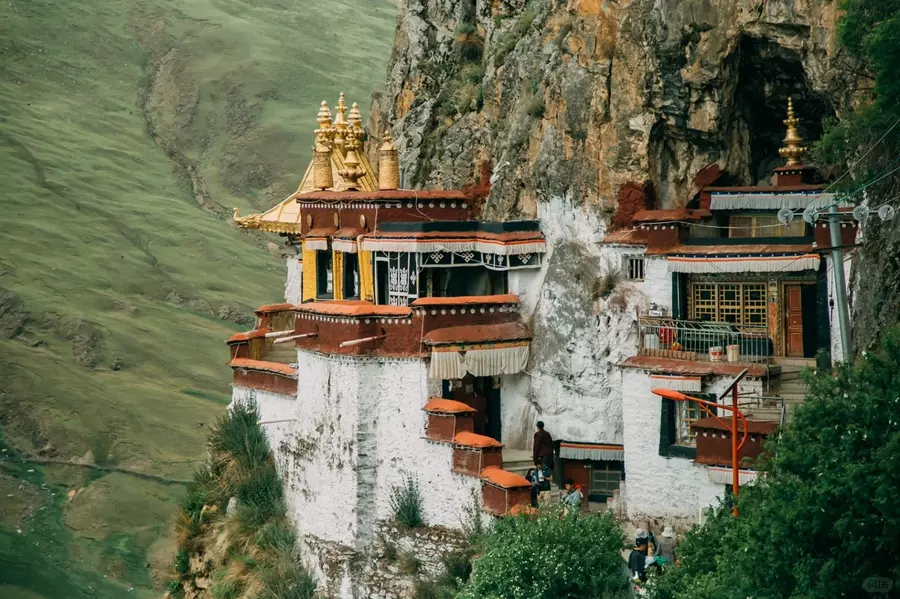
Autumn (September to October)
Autumn is arguably the most beautiful season in Lhasa. Daytime temperatures range from 17°C to 20°C, with cooler nights. The air is crisp and clear, with abundant sunshine and little rainfall. The mountain forests turn golden, creating breathtaking scenery along the highway from the airport to Lhasa. The Potala Palace stands majestic and tranquil under autumn sunlight, while lakes such as Namtso Lake and Yamdroktso Lake become even more stunning with their crystal-clear, deep blue waters, adding to the purity and vastness of the plateau. Autumn is the golden season for photography and hiking, capturing unforgettable moments with every shot.
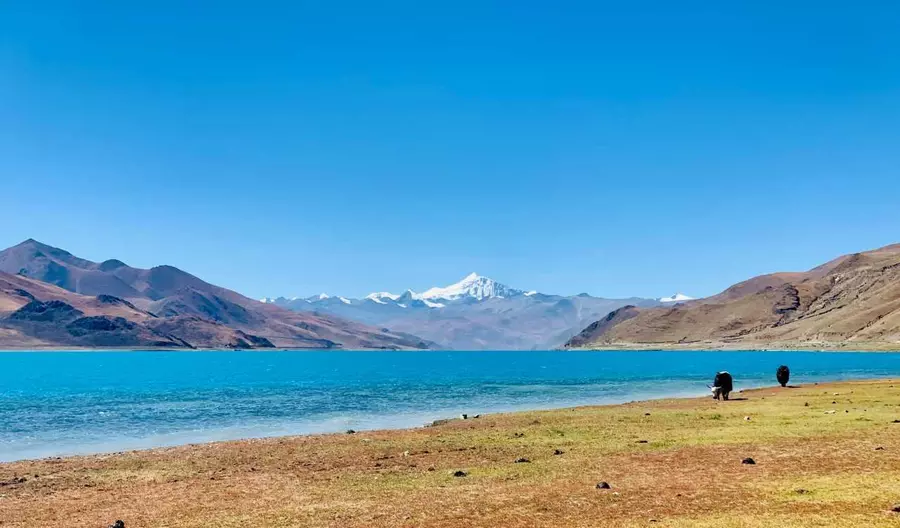
Winter (November to February)
Winter in Lhasa is quiet and pure. During the day, strong sunlight keeps temperatures between 8°C and 15°C, while at night it drops to around -7°C to -5°C. The air is dry, with intense UV radiation. Although oxygen levels are about 3% lower than in summer, the area is less crowded, and prices are the lowest of the year. Winter is a traditional pilgrimage season in Tibet, where you can see pilgrims from all over worshiping devoutly. Enjoy soaking in hot springs while gazing at snow-capped mountains, or visit places like Zongjiao Lukang Park, Lalu Wetland, and the Linzhou Black-necked Crane Reserve to observe migratory birds, for unique winter experiences.
Festivities are also lively. December’s Butter Lamp Festival illuminates Barkhor Street and Jokhang Temple with dazzling lights; around February, the Tibetan New Year (Losar) is celebrated with prayer flags, exorcisms, offerings, horse racing, singing, and dancing, making it one of the most vibrant festivals in Tibet.

Conclusion
Overall, travelers who enjoy warm weather, lively festivals, and lush natural scenery will find the period from May to October ideal. Those seeking tranquility, sunlight, pilgrimage, and religious devotion might also find winter in Lhasa worth experiencing. Whatever the season, Lhasa welcomes every visitor with its unique light, shadow, and culture.
Email response within 0.5~24 hours.


